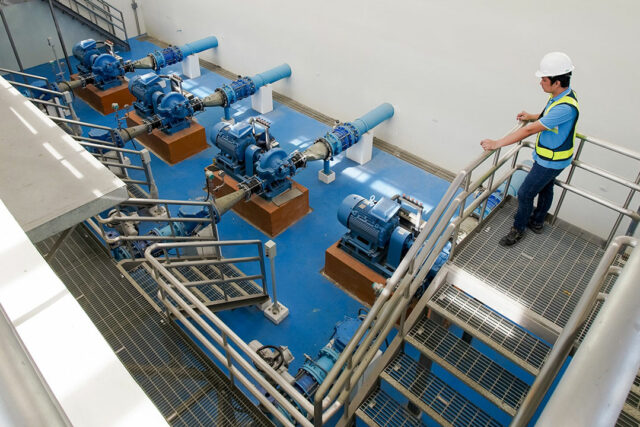BoI-approved investment pledges hit P1.35 trillion
THE BOARD of Investments (BoI) has approved 225 investment pledges worth P1.35 trillion this year, already surpassing 2023’s total.
The value of approved investment pledges as of Sept. 16 increased by 82% from the P741.98 billion worth of projects approved a year earlier, the investment promotion agency said in a statement on Monday.
This also exceeded the P1.26 trillion in investment pledges approved by the BoI in full-year 2023.
“This accomplishment highlights both our agency’s unwavering commitment to nurturing a thriving investment landscape and in harnessing our country’s potential to be the prime investment destination for smart and sustainable manufacturing and services,” Trade Undersecretary and BoI Managing Head Ceferino S. Rodolfo said.
“We are excited to build on this momentum to work towards industrial transformation and economic growth that benefits all Filipinos,” he added.
The majority of the approved investments are in the energy sector, accounting for P1.29 trillion of the total. These are mainly renewable energy (RE) projects, the BoI said.
The government has seen increased investments in RE projects after it allowed full foreign ownership in the sector, which was previously limited to 40%.
The other top sectors were real estate (P20.28 billion), manufacturing (P12.13 billion), agriculture, forestry and fishing (P10.05 billion), and administrative and support services (P5.46 billion).
The top contributors to project registrations were domestic companies, accounting for P1.01 trillion of the total approved investment pledges year to date. This represents a 221% increase from a year ago.
Meanwhile, approved foreign investments were valued at P341.78 billion, which mostly came from Switzerland (P286.77 billion), the Netherlands (P39.58 billion), Singapore (P6.18 billion), the United States (P1.68 billion) and Taiwan (P1.3 billion).
In terms of destination, P602.63 billion of the investments will go to areas in Cavite, Laguna, Batangas, Rizal and Quezon or the Calabarzon Region.
The other top investment destinations are Central Luzon (P258.68 billion), Western Visayas (P238.88 billion), Bicol Region (P142.87 billion), and Ilocos Region (P62.68 billion).
“These investments are critical to strengthening the Philippines’ economic foundation. The focus on renewable energy and manufacturing is helping drive sustainable growth, creating thousands of jobs, and improving the quality of life for Filipinos,” Mr. Rodolfo said.
“The keen investment interest from both local and foreign investors will propel long-term economic progress and position the country as a global leader in strategic investments,” he added.
For 2024, the BoI has an internal target of P1.6 trillion in investment approvals — up 27% from the 2023 level — amid a large number of projects in the pipeline, with some being endorsed for “green lane” treatment.
Executive Order No. 18 issued in February 2023 established green lanes in all government agencies to speed up the approval and registration process for priority or strategic investments.
The latest BoI data showed that there were 115 projects with a total cost of P3.2 trillion approved for green lane status as of August. — Justine Irish D. Tabile















